Nikko: 20 Things to Do, Must-Visit Sites, Dining, Access

Nikko, just two hours from Tokyo by train, is renowned for its World Heritage sites and the rich nature in Nikko National Park. Read on to learn 20 things to enjoy in Nikko, from Nikko Toshogu Shrine to Lake Chuzenji, hot springs, and local food.
Nikko: Historic and Natural Wonders near Tokyo
Nikko in Tochigi Prefecture is one of Japan's most famous travel destinations due to World Heritage sites such as Nikko Toshogu Shrine and the rich natural environment in Nikko National Park. Nikko can be accessed in just two hours from Tokyo via Tobu Railway lines and JR lines.
Nikko: Top Things to Do and Travel Tips
History and Features of the Nikko Area
Must-Visit Sites in Nikko
1. Nikko Toshogu Shrine
2. Nikko Futarasan Shrine and Shinkyo Bridge
3. Rinnoji Temple
4. Kegon Falls
5. Ryuokyo Gorge
6. Senjogahara Marshland
7. Lake Chuzenji
8. Chuzenji Temple
Other Attractions
9. Mt. Nantai
10. Nikko Yumoto Onsen
11. EDO WONDERLAND Nikko Edomura
12. Nikko Kanaya Hotel
13. Nikko Tamozawa Imperial Villa Memorial Park
14. Mt. Nikko-Shirane
15. Ryuzu Falls
Dining in Nikko: Restaurants and Cafes
16. Yubatei Masudaya: Delicious Yuba Dishes
17. Kamaya Café du Revaberu
18. Craft Lounge at Nikko Kanaya Hotel
19. Nikko Coffee Imperial Villa Street
20. Meguri
Access: How to Get to and Around Nikko
Weather in Nikko and Other Tips
History and Features of the Nikko Area
The Nikko area has a long history, flourishing as a sacred land for Shinto mountain worship since the Kamakura Period (1185 – 1333). Nikko Toshogu Shrine was constructed during the Edo Period (1603-1868) to enshrine the souls of shoguns Tokugawa Ieyasu and Tokugawa Iemitsu.
In the Meiji period (1868-1912), Nikko was a popular summer resort due to its rich nature and cool temperatures. The Imperial family owned a summer retreat here. Several foreign embassies had summer villas in Nikko by Lake Chuzenji and the city was popular as a holiday destination for diplomats.
Nikko Toshogu Shrine, Futarasan Shrine, and Rinnoji Temple have been registered as UNESCO World Cultural Heritages. The mountainous area known as Oku-Nikko is famous for natural monuments such as the Kegon Falls—a waterfall with a drop of 97 meters—and Lake Chuzenji's tranquil shores.
There are also hot springs in Nikko. Visitors can take their time relaxing in the therapeutic springs after touring historical sites or enjoying activities in nature.
Read on to learn the best things to enjoy in Nikko, along with local food, recommended cafes, and ways to travel economically in and around Nikko.
1. Nikko Toshogu Shrine
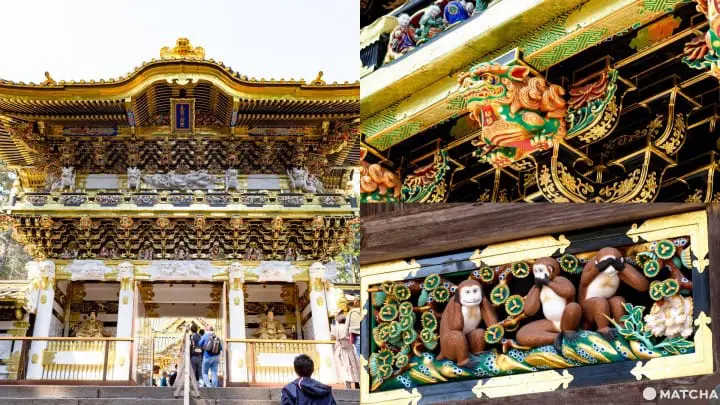
Nikko Toshogu Shrine is dedicated to Tokugawa Ieyasu (1543-1616), the first shogun of the Edo Period, and is registered as both a UNESCO World Cultural Heritage and National Treasure.
The shrine has 55 separate buildings. These include the Yomeimon Gate—engraved with over 500 wood carvings—eight National Treasures exuding artistic beauty, and 34 Important Cultural Properties.
Aside from the buildings, visitors shouldn't overlook the intricate artwork found here. The Sleeping Cat and Three Wise Monkeys (an embodiment of the proverb "See no evil, speak no evil, and hear no evil") carvings are particularly popular. You'll also find an ink painting titled Roaring Dragon by artist Kano Eishin Yasunobu.
Read also
↑ Return to the top of article.
2. Nikko Futarasan Shrine and Shinkyo Bridge
Nikko Futarasan Shrine is a famous sacred site known for enshrining the god of matchmaking. The shrine grounds cover a vast area, split into three separate visiting and worshipping spots.

Photo by Pixta
The famous Shinkyo Bridge near Nikko Futarasan Shrine is one of the shrine's structures. This vermillion-lacquered bridge arches over the Daiya River, marking the beginning of where Nikko's World Heritage Sites are.
The bridge is nicknamed Yamasuge-no-Jabashi (Bridge of Snakes with Wild Sedge). Legends say that when Shodo Shonin (*1) came across a muddy stream, two snakes appeared before him and transformed into a bridge. It is considered one of Japan's top three unique bridges.
Initially built in 1636, the bridge was later reconstructed to what it is today. At the time, only special envoys were permitted to cross over for Shinto rituals or visits from generals. Nowadays, the sacred bridge is open to anyone and everyone. The combination of the autumn leaves with the vermillion bridge is exceptionally magical.
Join a half-day tour of Nikko's World Heritage Sites with an English-speaking guide: Nikko Day Tour offered by Klook
*1 Shodo Shonin: a priest who is considered to have founded the sacred spots in Nikko.
↑ Return to the top of article.
3. Rinnoji Temple

Rinnoji Temple is also a designated National Historic Site. Together with Nikko Toshogu Shrine and Futarasan Shrine, these structures are registered with UNESCO as The Shrines and Temples of Nikko.
A highlight of the temple is the Iemitsu Mausoleum Taiyuin, the gravesite of Tokugawa Iemitsu (1604-1651). He was the third-generation shogun during the Edo Period. The temple also has the Heavenly Corridor, a viewing passage, and Sanbutsudo (Main Hall). Sanbutsudo is also classified as an Important Cultural Property.
In front of Sanbutsudo is the Kongozakura tree, a natural monument is estimated to be around 500 years old. The cherry tree reaches its full bloom between late April to early May.
↑ Return to the top of article.
4. Kegon Falls
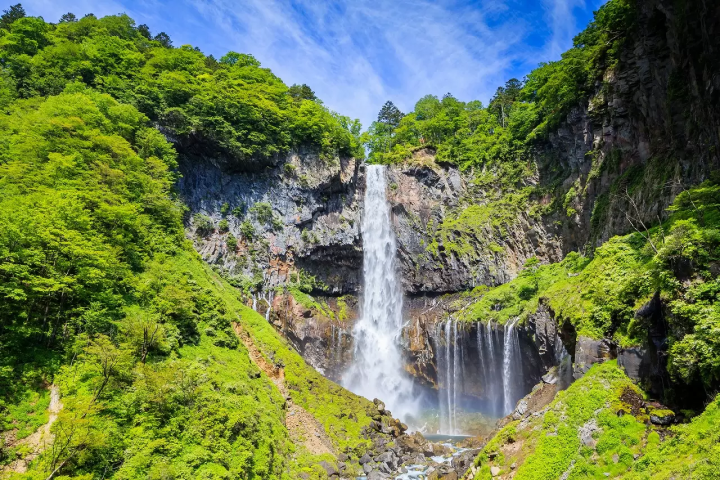
Photo by Pixta
Kegon Falls is a waterfall with a 97-meter drop located in Nikko National Park. It is ranked as one of Japan’s Three Great Waterfalls. The sight of the falls flowing an average of three tons into the waters of Lake Chuzenji is incredible.
There are two waterfall viewing platforms in Kegon Falls. The viewing platform right by the parking lot is built to protrude out from the cliff so that visitors are able to look down onto Kegon Falls.
The second viewing platform is near the waterfall basin. This view makes it possible to look up to view Kegon Falls. The wall to the right of the waterfalls is an impressive columnar structure.
↑ Return to the top of article.
5. Ryuokyo Gorge

Photo by Pixta
Ryuokyo Gorge was created 22 million years ago from volcanic activity. The name of the gorge comes from its dragon-like shape ("ryu" means dragon in Japanese). Different parts of the canyon also have separate names: Shiryu Gorge (purple), Seiryu Gorge (blue), and Hakuryu Gorge (white), based on the color and types of rocks. There are several things to see here!
Ryuokyo Gorge expands roughly three kilometers between Kinugawa Onsen and Kawaji Onsen. Hiking tours are also available.
↑ Return to the top of article.
6. Senjogahara Marshland

Photo by Pixta
According to legend, the name Senjogahara came from this place being the battlefield where the deities of Mt. Nantai and Mt. Akagi fought for ownership of Lake Chuzenji. The marsh is around 1,390 – 1,400 meters above sea level and is registered with the Ramsar Convention for its significant environmental value.
The wetland’s two-hour hiking route receives many hikers throughout the year that come to enjoy the seasonal nature. This area is also famous for the 350 plant species and countless wild bird species that inhabit it.
↑ Return to the top of article.
7. Lake Chuzenji

Photo by Pixta
Lake Chuzenji formed 20,000 years ago by a lava flow from Mt. Nantai that was blocked by the ravine. It was once famous as the training place for Shinto and Buddhist worshippers.
Between the Meiji period and early Showa period, the area prospered as a summer retreat for international visitors thanks to its mild climate.
The lake was selected as one of the 100 Scenic Places of Japan for its seasonal landscapes. Be sure to enjoy the view from the water on a sightseeing cruise. We recommend visiting in the early summer to see azaleas or in the autumn for the foliage.
↑ Return to the top of article.
8. Chuzenji Temple
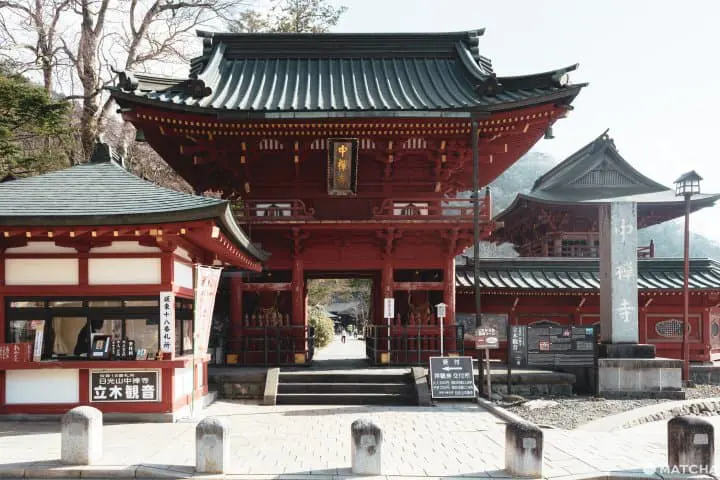
Chuzenji Temple is part of the grounds of Rinnoji Temple, located on an elevated spot that overlooks Lake Chuzenji. The temple was built in 784.
Within the temple grounds is a bell tower called the Wish Granting Bell. As its name implies, it is thought to make hopes come true. Its effectiveness depends on how many times you ring the bell. Ring it once for all memorial services, twice for longevity in happiness, and three times or more for each wish you make.
Before you leave, take notice of the tree with a huge knot. This tree is called the Scapegoat Knot and is said to take on pain or ailments from your body.
↑ Return to the top of article.
9. Mt. Nantai

The 2,486-meter (8,156 feet) Mt. Nantai is an iconic mountain in the Nikko area and an object of spiritual importance. An event called Tohaisai (Climbing Festival) is held every July 31. People begin their climb towards the summit for this event starting at midnight on August 1.
The path to the summit is six kilometers long and can be hiked in about three to four hours. Mt. Nantai was also chosen as one of the Top 100 Mountains in Japan. If you’re lucky, you might even be able to see a sea of clouds from the summit.
↑ Return to the top of article.
10. Nikko Yumoto Onsen

Photo by Pixta
Nikko Yumoto Onsen is a famous hot spring with opaque sulfur springs. There are different types of water and baths to enjoy, like sodium sulfate, bicarbonate, chloride springs (neutral hypotonic springs), and sulfur springs. The waters are said to be great for relieving nerve pain and rheumatism.
The historical hot spring district is said to have been established when it was first discovered in 788. You will notice the sulfurous odor drifting to the town from the hot spring. Anyo-no-Yu, the footbath at the center of the town, can also be used for free.
Onsenji Temple, a branch of Nikkozan Rinnoji Temple, is located next to the water source of Nikko Yumoto Onsen. The hot spring is a gender-separated, communal bath.
↑ Return to the top of article.
11. EDO WONDERLAND Nikko Edomura
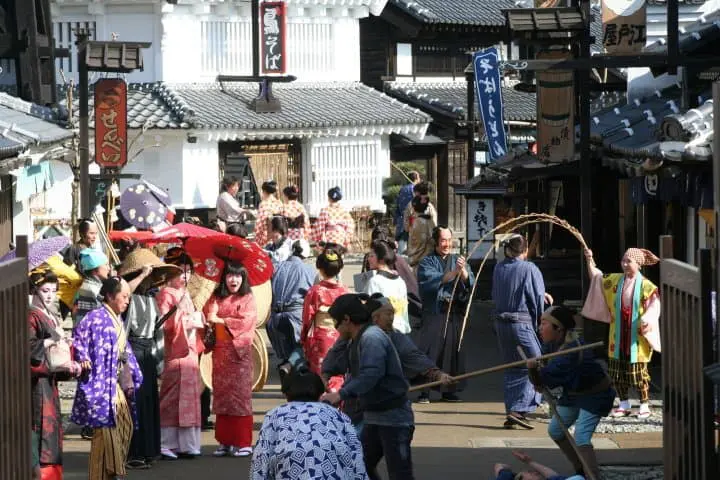
Picture courtesy of Nikko City Tourism Association
EDO WONDERLAND Nikko Edomura is a theme park that makes it possible to have a realistic experience of the Edo period. It’ll feel as if you’ve traveled back in time as employees dressed as samurai walk around the park. Parkgoers can also dress up in clothes once worn by the people during the Edo period.
Authentic Edo period experience programs like the Ninja or Samurai Swordsmen Experiences are also available. Visitors can also enjoy year-round events, like ninja attractions, traditional performing arts, and performances of original plays.
Join a tour that includes half a day at Edomura: Nikko Day Tour offered by Klook
Hotels near EDO WONDERLAND Nikko Edomura
↑ Return to the top of article.
12. Nikko Kanaya Hotel

Nikko Kanaya Hotel is a lodging that has been around since 1873. It is a prestigious hotel, too, as it was visited by Albert Einstein in 1922 and Helen Keller in 1937. Nikko Kanaya Hotel is Japan’s oldest existing classic resort hotel.

The lodging exterior appears very Western in style, but the interior adopts Japanese-style furnishings and architectural styles. Its construction is very impressive. Your stay can include food with traditional flavors that have been passed down for over 100 years, as well as natural hot springs with water from Yumoto Onsen.
Read also
↑ Return to the top of article.
13. Nikko Tamozawa Imperial Villa Memorial Park

Nikko Tamozawa Imperial Villa Memorial Park was constructed as a summer retreat for Emperor Taisho when he was the crown prince. The buildings are designated as Important Cultural Properties of Japan, and the historical wooden buildings and setting have been given its designation as one of the 100 Best Historical Parks in Japan.
The seasonally-changing garden is also beautiful. It can be enjoyed alongside the elegance of the 100-year-old Nikko Tamozawa Imperial Villa.
↑ Return to the top of article.
14. Mt. Nikko-Shirane

Photo by Pixta
Mt. Nikko-Shirane is the highest peak of the Nikko mountain range. It is located on the boundary of Nikko, Tochigi Prefecture, and Katashina in Tone, Gunma Prefecture.
There are three popular hiking courses on Mt. Nikko-Shirane: Mt. Shirane Summit (about 5 hours round-trip), Mt. Shirane – Zazenyama Route (about 5.5 hours), and the Mt. Shirane-Goshikinuma-Midagaike Pond Route (about 6.5 hours). You can also enjoy this famous 2,578 meter (8,458 feet)-high mountain using the ropeway.
↑ Return to the top of article.
15. Ryuzu Falls

Picture courtesy of Nikko City Tourism Association
Ryuzu Falls runs down 210 meters (688 feet) of rocky surfaces created by lava from Mt. Nantai in a volcanic eruption. It is considered one of Nikko’s Three Great Waterfalls.
The waterfall is located at an elevation of 1,350 meters and is 210 meters in height. We recommend admiring the waterfall from the viewing platform at the end of the falls.
Ryuzu Falls are especially beautiful during early summer when the azaleas bloom and during the colorful foliage in fall. The waterfalls are crowded with tourists during these times. The surrounding area of Ryuzu Falls is considered to be where autumn leaves arrive the fastest in the Oku-Nikko area.
Read also
↑ Return to the top of article.
Dining in Nikko: Restaurants and Cafes
Yuba, or tofu skin, is healthy, high in nutritional value, and a local Nikko specialty. It is a processed soybean product made of the thin film that forms on the surface when soy milk is heated. This dish can be eaten and prepared in various ways. Yuba can be eaten as-is, with just soy sauce, or prepared by boiling or frying the skins.
We introduce restaurants in Nikko where you can try Nikko cuisine, including yuba dishes.
16. Yubatei Masudaya: Delicious Yuba Dishes

Yubatei Masudaya, a renowned yuba restaurant, specializes in the exclusive use of Nikko Gozen Yuba, a brand steeped in 140 years of tradition. Indulge in a comprehensive dining experience centered around this exquisite bean curd delicacy, featuring a diverse array of yuba creations.
At Masudaya, the full-course yuba meal presents a palate of distinct yuba varieties. Delight in the raw yuba, crafted from the finest skin layer, offering a delicate and velvety taste akin to sashimi. Additionally, savor the "ageyuba," a deep-fried rendition of the sweeter bottom skin layer.
Beyond these delights, the culinary journey includes the "taguri-yuba," a miso-glazed treat where raw yuba is skillfully rolled into a succulent dumpling. Discover the essence of "shinomaki-yuba," simmered to absorb rich flavors, offering a delightful immersion into the essence of yuba in its entirety.
Immerse yourself in the charm of Yubatei Masudaya, where table seating, private chambers, and tea rooms adorned with traditional Japanese art await. Explore the restaurant's serene Japanese garden, a tranquil retreat flourishing with seasonal blooms, enhancing your culinary experience amidst nature's beauty.
17. Kamaya Café du Revaberu

Another popular yuba dish is the NIKKO Don offered at Kamaya Café du Revaberu. The homemade roast beef is made from seared Nikko wagyu beef, finished off in a thermal cooker at a low temperature. The yuba is simmered in soy sauce and fried into plump rolls. The combination is excellent.
Other restaurants offering yuba dishes are Uoyou and Sakaeya. Uoyou uses the yuba from Fujiya (Japanese), a long-established producer in Nikko, to make their famous Yuba Soba, containing handmade buckwheat noodles topped with three types of seasoned yuba.
Sakaeya’s (Japanese) Fried Yuba Bun has a shell made with Tochigi Prefecture soy milk and yuba. It is wrapped around a smooth red bean paste made from select azuki beans. There is a line out the front of the store with people that visit for their Fried Yuba Buns. Its delicious flavor is worth lining up for!
18. Craft Lounge at Nikko Kanaya Hotel
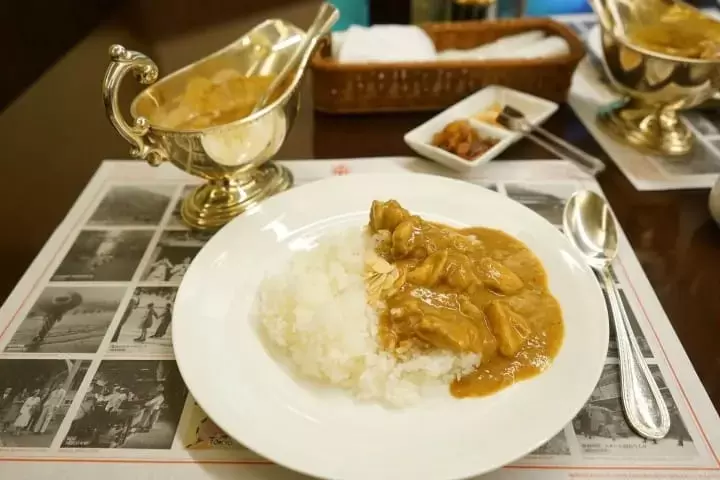
Even if you don't stay overnight at the historical Nikko Kanaya Hotel, you can enjoy its famous One Hundred Year Curry Rice (2,100 yen) for lunch at the Craft Lounge, a coffee lounge located on the first floor of the hotel's main building.
Made from a recipe that is one hundred years old, the curry sauce is so smooth and rich that it might just be the best curry you'll eat in Japan!
19. Nikko Coffee Imperial Villa Street Branch

Picture courtesy of Nikko Coffee Imperial Villa Street
Nikko Coffee Imperial Villa Street (Japanese) is an old Japanese café that sits on the street in front of the gates to Tamozawa Imperial Villa.
They are highly rated for their aromatic self-roasted coffee and homemade sweets. The café is located in a quiet place separate from the hustle and bustle of Nikko tourists.

Picture courtesy of Nikko Coffee Imperial Villa Street
The shop, remodeled from an old merchant home from the Taisho period, is enveloped in the aroma of coffee. How about spending some time relaxing here?
20. Meguri
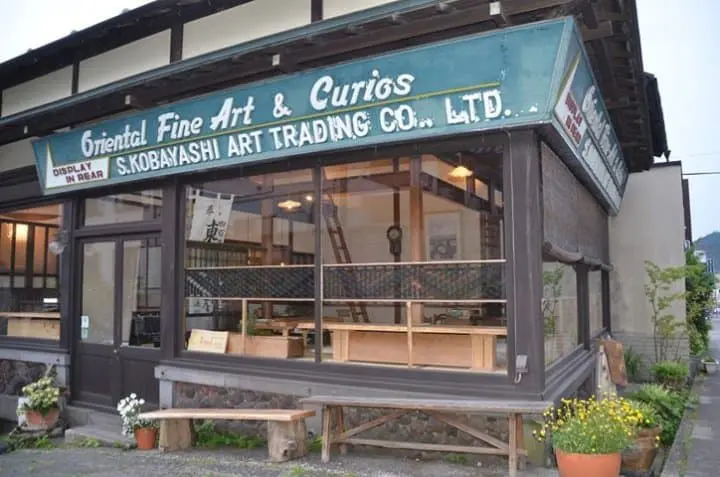
Picture courtesy of Meguri

Picture courtesy of Meguri
Meguri uses vegetables from organic farms and home gardens to serve healthy vegetarian and vegan cuisine. The shop, a former antique shop, has a modern ambiance.
Their dishes and sweets are made without the use of animal products, such as eggs or milk. They are 100% plant-based, something that will delight vegetarians and vegans visiting Nikko. Their coffee and black tea are organic.
If you’re tired of the crowds, spend your mealtime at this serene, welcoming cafe.
↑ Return to the top of article.
Access: How to Get to and Around Nikko
Nikko can be accessed in just around two hours from Tokyo by train using either the Tobu Railway lines or the JR Lines. Once in Nikko, utilize buses to navigate around effectively.
Direct Train to Nikko: Depart from Asakusa Station
For a direct trip to Nikko, depart from Asakusa Station on a limited express train operated by Toby Railway.
The available options include the Tobu Nikko Line Limited Express Kegon, which travels from Asakusa Station to Tobu-Nikko Station for a direct ride, or the Tobu Nikko Line Limited Express Kinu (transfer once at Shimo-Imaichi Station). Travel time is about an hour and 50 minutes for both trains. The travel fare is 3,043 yen.
It is also possible to travel on regular trains from Asakusa to Nikko but you'll have to change trains two times. The travel time is about two hours and ten minutes and the ride costs 1,393 yen.
We suggest using the Nikko Pass to travel between Asakusa and Nikko and navigate around Nikko. The pass is valid for two to four days and comes in two types: All Areas (Nikko, Oku-Nikko, Kinugawa Onsen), and World Heritage sites (World Heritage sites and Kinugawa Onsen). The round-trip fare between Asakusa and Nikko, transportation within and around Nikko, and discounts at several shops and hotels are included.
From Tokyo Station to JR Nikko Station
If you're using the Japan Rail Pass or a similar discount travel ticket for the Tokyo area such as the JR TOKYO Wide Pass, you'll want to travel to Nikko using the JR Lines.
You can take a bullet train on the Tohoku Shinkansen line from Tokyo Station to Utsunomia and change to the JR Nikko line, which takes you directly to JR Nikko Station. The trip takes about one hour and 50 minutes and costs 5,150 yen if you're not using a JR Pass.
Book the JR Pass for Whole Japan
Getting Around Nikko
Transportation in Nikko is most convenient by bus. The city has a well-developed public transportation system, so be sure to take the bus when traveling around sightseeing spots. We suggest using the Nikko Pass, which also covers transportation around Nikko.
↑ Return to the top of article.
Weather in Nikko and Other Tips
Exploring Nikko is fun regardless of the season, but the area is highly praised for its fall foliage. You’ll be amazed at the vibrant colors of nature! Please visit with adequate amounts of spare time as many other people will be visiting at this time.
While a day trip from Tokyo to Nikko is possible, we recommend staying a night and fully experiencing the hot springs since you’ve traveled such a distance.
Kinugawa Onsen is a leading hot spring district in Japan located in the Nikko area. It is located upstream of Kinugawa River, so you can enjoy both the flow of the river and gaze at the valley. The hot spring type at Kinugawa Onsen is a simple spring with weak alkaline. The waters are colorless, transparent, and mild to the skin. There are several open-air baths and footbaths around the district, so please try walking around.
Read also
FAQ
Why is Nikko Japan famous?
Nikko, Japan, is renowned for its multifaceted charm, blending cultural heritage and natural beauty to create a captivating destination. Renowned for Toshogu Shrine, a UNESCO World Heritage site dedicated to Tokugawa Ieyasu, Nikko's architectural splendor and intricate carvings draw visitors seeking historical and artistic marvels. Surrounded by Nikko National Park, the town offers picturesque scenery with serene lakes, lush forests, and majestic waterfalls like Kegon Falls. Nikko's cultural richness is further exemplified through its numerous temples and shrines, such as Rinno-ji and Futarasan Shrine, showcasing Japan's religious traditions and architectural diversity. The town's ardent onsen culture provides relaxation in therapeutic mineral waters, complementing its diverse seasonal beauty, from vibrant cherry blossoms in spring to snow-covered landscapes in winter. With historic landmarks like the Sacred Bridge (Shinkyo) and the Imperial Villa of Tamozawa, Nikko's historical significance intertwines seamlessly with its natural splendor and UNESCO-recognized treasures, making it an iconic and beloved destination for travelers exploring Japan's cultural tapestry.
Is Nikko worth a day trip from Tokyo?
Nikko makes for a worthwhile day trip from Tokyo, offering a blend of cultural treasures and natural beauty within a relatively convenient distance. Located approximately 2 to 2.5 hours away by train, Nikko is accessible for a day excursion if you depart early to maximize your time exploring the town. While a day trip allows for visits to key attractions like Toshogu Shrine and Rinno-ji Temple, time constraints may require prioritizing specific sights. Despite the travel time involved, Nikko's scenic surroundings, including national parks and waterfalls, can still be appreciated during a day trip, providing a glimpse into the town's cultural richness and natural allure for visitors seeking a rewarding and insightful experience within a day's timeframe.
Why should I visit Nikko Japan?
Nikko, Japan, beckons visitors with its blend of cultural heritage and natural beauty, offering a compelling destination rich in history and picturesque landscapes. Home to UNESCO World Heritage sites like Toshogu Shrine dedicated to Tokugawa Ieyasu, Nikko showcases intricate architecture and historical significance. Surrounded by the Nikko National Park, the town boasts serene lakes, stunning waterfalls, and peaceful hiking trails, providing opportunities for outdoor exploration in the midst of nature. The therapeutic hot springs in Nikko offer relaxation and rejuvenation, while cultural experiences like the Tamozawa Imperial Villa and Rinno-ji Temple complex immerse visitors in Japan's traditional Edo period architecture and customs. Whether admiring the seasonal beauty, partaking in outdoor activities, or savoring the tranquility of the surroundings, a visit to Nikko promises a rewarding and diverse experience that captures the essence of Japan's cultural and natural treasures.
How long is the train from Tokyo to Nikko?
The train journey from Tokyo to Nikko typically takes around 2 to 2.5 hours, depending on the type of train you choose and the specific route you take. The most common way to travel from Tokyo to Nikko by train is to take the JR Tohoku Shinkansen from Tokyo Station to Utsunomiya Station, and then transfer to the JR Nikko Line for the remainder of the journey to Nikko Station. The limited express trains like the JR Nikko or Spacia Nikko offer a faster and more comfortable ride compared to regular local trains. The travel time may vary slightly based on train schedules and any potential transfers.
Can you see MT Fuji from Nikko?
While it is technically possible to see Mount Fuji from Nikko under ideal weather conditions and on a clear day, the distance between Nikko and Mount Fuji is considerable, and the mountain is often not visible due to the mountain ranges and atmospheric conditions that can obstruct the view. Despite the potential for visibility, it is not a guaranteed sightseeing opportunity from Nikko. If spotting Mount Fuji is a priority, visiting locations closer to the mountain or areas known for clear views, such as the Fuji Five Lakes region or Hakone, may offer more reliable chances to see Japan's iconic peak.
What food is Nikko Japan known for?
Nikko, a picturesque town in Tochigi Prefecture celebrated for its shrines and natural splendor, offers a range of local delicacies showcasing the region's culinary heritage. Yuba, a specialty made from tofu skin, features prominently in Nikko's cuisine, served fresh or lightly cooked in various dishes. Yakimochi, grilled rice cakes glazed with sweet soy sauce, is a beloved traditional snack in the area, known for its savory-sweet flavors. Imagawayaki, sweet red bean paste-filled cakes, are popular street treats, enticing locals and visitors alike with their delicious taste. Additionally, Nikko is recognized for its pickled vegetables, including daikon radish and cucumbers, providing tangy and flavorful accompaniments to meals that reflect the region's unique flavors and ingredients. These local specialties offer a glimpse into Nikko's culinary identity, inviting exploration and enjoyment of its traditional gastronomic treasures.
How much time do I need in Nikko?
The ideal amount of time to spend in Nikko varies depending on your interests and the depth of exploration you seek. For a brief overview of Nikko's main attractions like Toshogu Shrine and the natural scenery, a day trip from Tokyo can suffice, though it may feel rushed. To fully appreciate Nikko's rich culture and tranquil ambiance, an overnight stay allows for a more immersive experience. Spending two to three days in Nikko provides ample time to explore the UNESCO World Heritage sites, the surrounding national parks, and the serene beauty of Lake Chuzenji and Kegon Falls, ensuring a comprehensive exploration of the town's cultural and natural wonders. Tailoring your itinerary to focus on specific attractions can help you make the most of your time in Nikko, whether you prefer a quick overview or a deeper dive into this historic and picturesque destination.
Visit Nikko
Nikko is a location blessed with rich nature, historical structures, and prominent sightseeing destinations. It’s possible to enjoy activities or the hot springs in the area while also being rich in trendy cafés, and gourmet foods. You can even take a day trip to Nikko from Tokyo in about two hours, so how about going on a casual trip to Nikko?
Read also
Main image by Pixta
福島県出身、都内在住。フリーライター。神社仏閣や不思議な伝承が残っている土地を歩くのが好き。




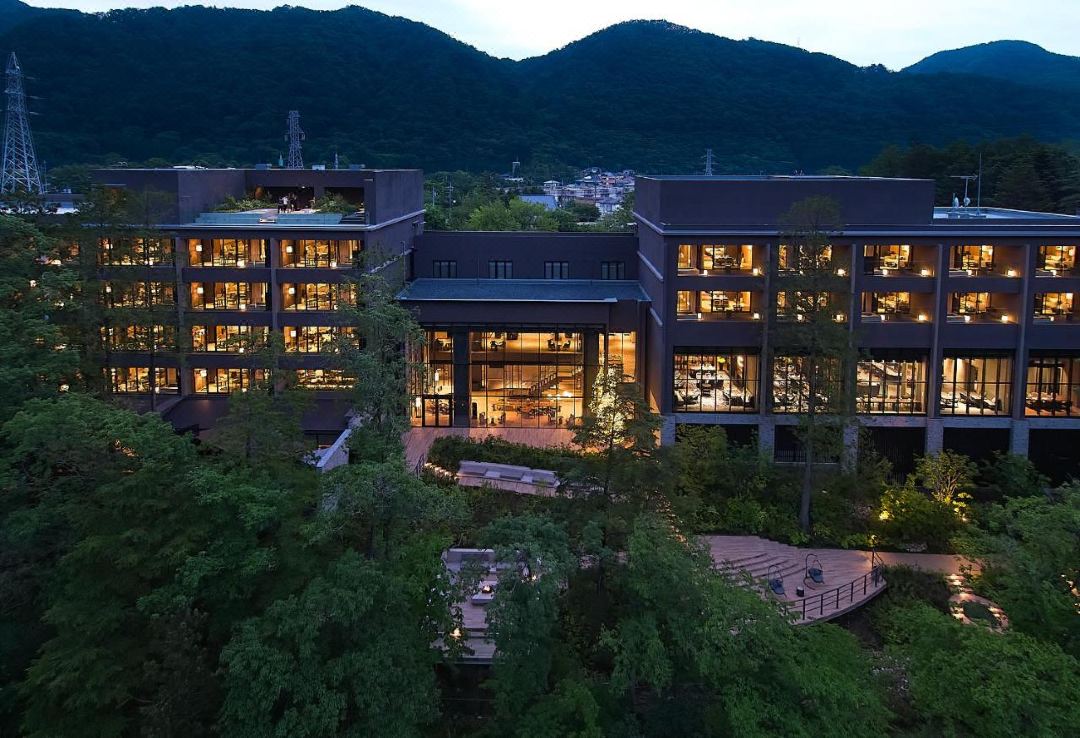

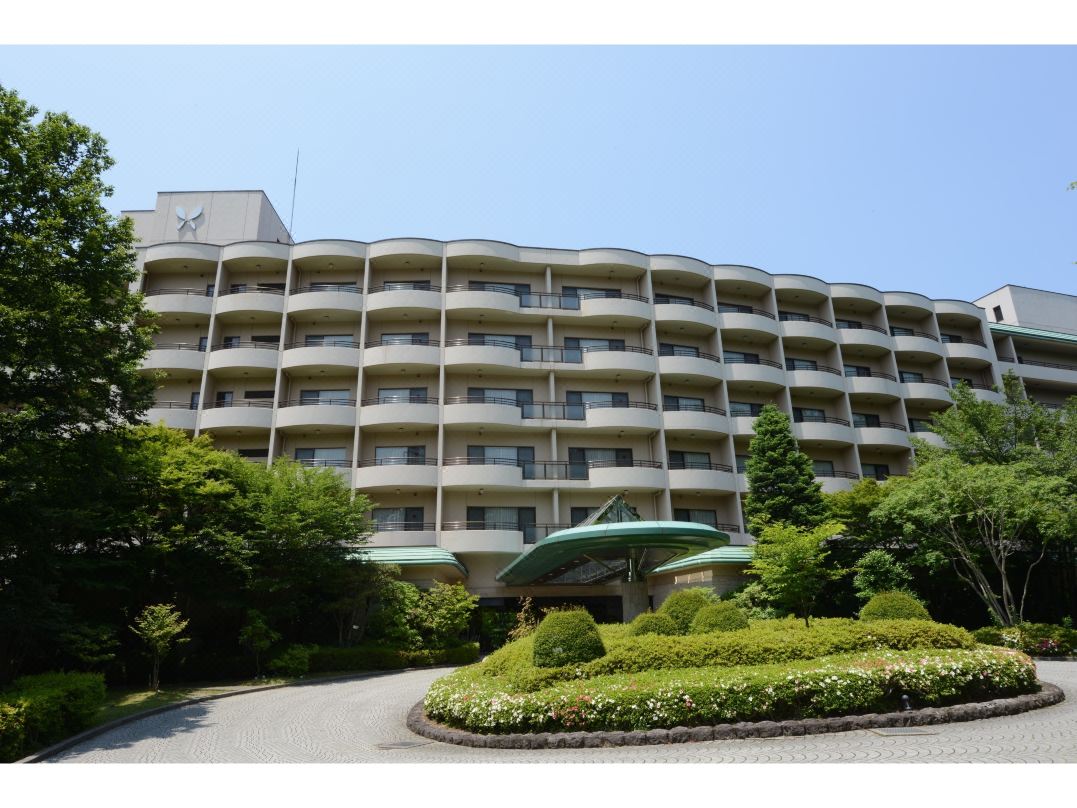







































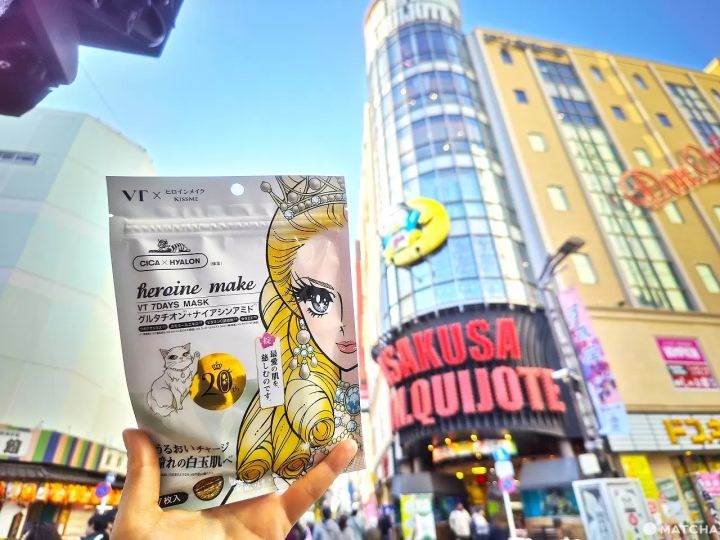

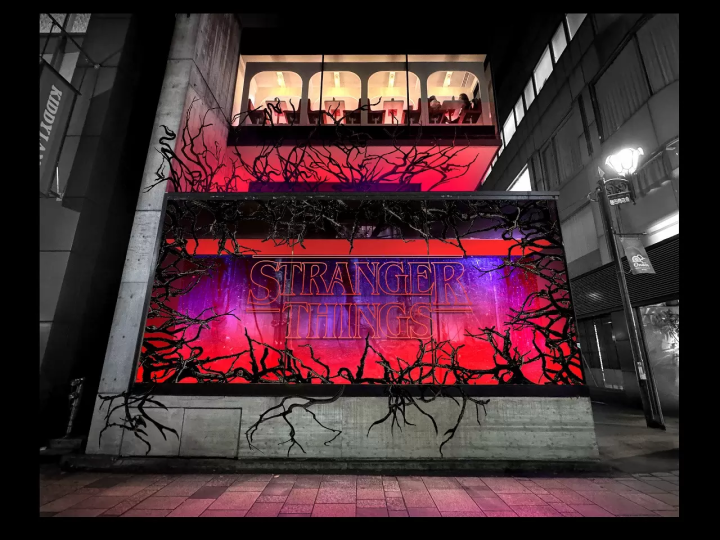
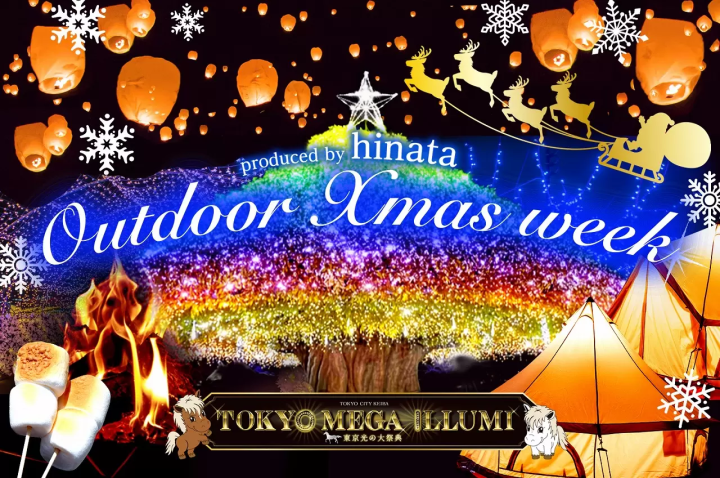
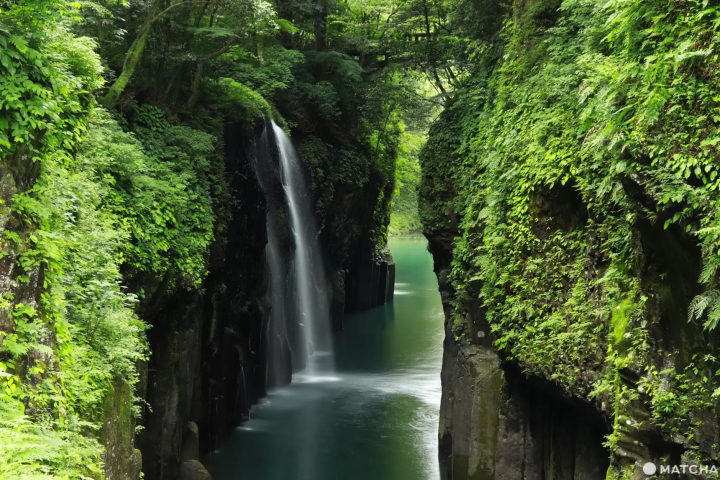




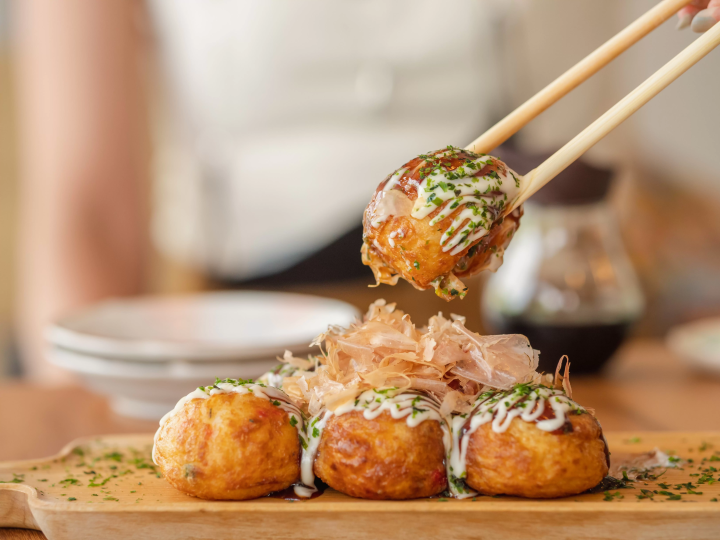
![[2026 Edition] FORMUAL 1 JAPANESE GRAND PRIX Information](https://resources.matcha-jp.com/resize/720x2000/2025/10/05-245984.webp)
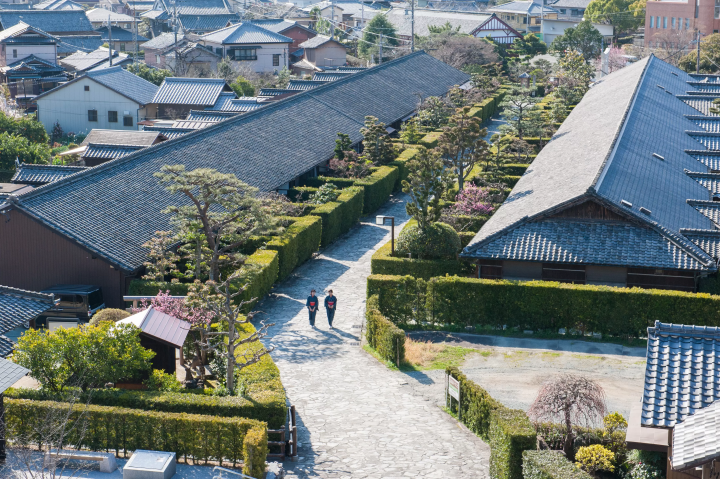
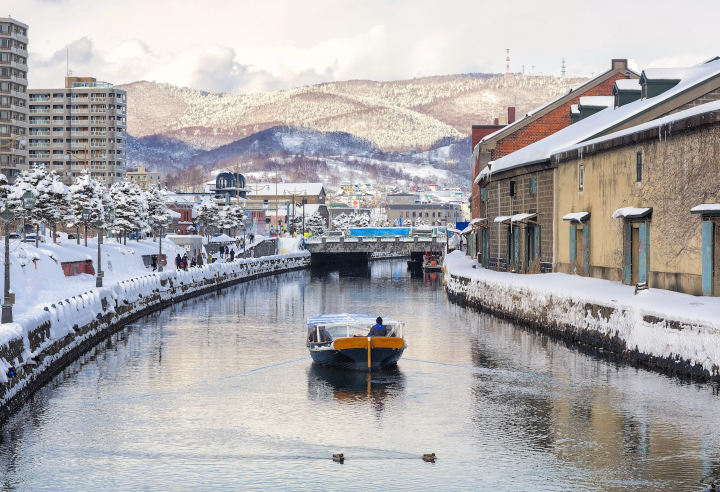
![[2025 Update] Namba's spectacular illuminations! "Namba Hikari Tabi" with approximately 1 million shining lights](https://resources.matcha-jp.com/resize/720x2000/2025/12/12-252825.webp)